From the history of design classics to the future of NFT. From the great masters of architecture, art and design to the queer generation. And again, from touring Milan’s QT8 to discovering Nabatean architecture in Jordan. In case you missed them, here’s a list of 18 stories to read and use as a discussion topic at your mid-August lunch. Browse the gallery to discover more.
Summer readings 2022: 18 articles for these holidays
A selection of the best articles recently published on Domus that you might have missed: architecture and interviews, projects and explorations, plus forays into the world of art, NFT, fashion and beyond.
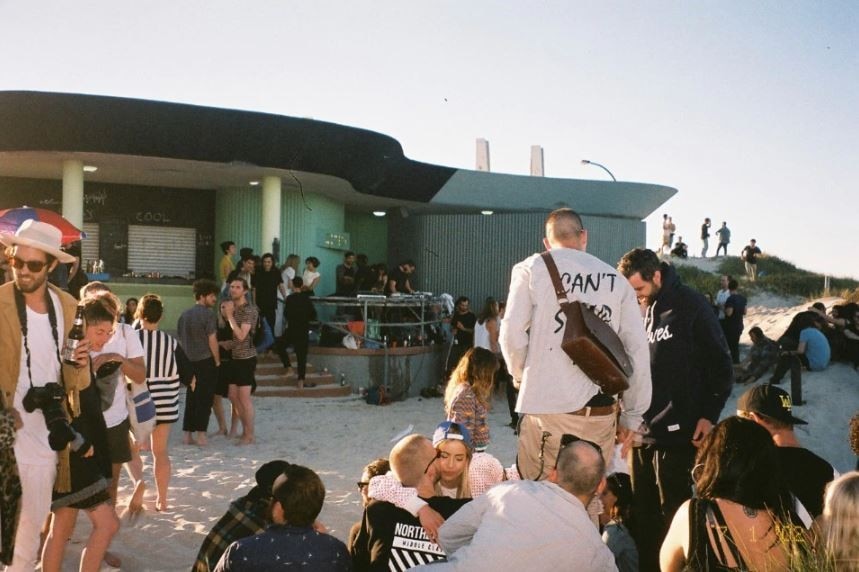
 View gallery
View gallery
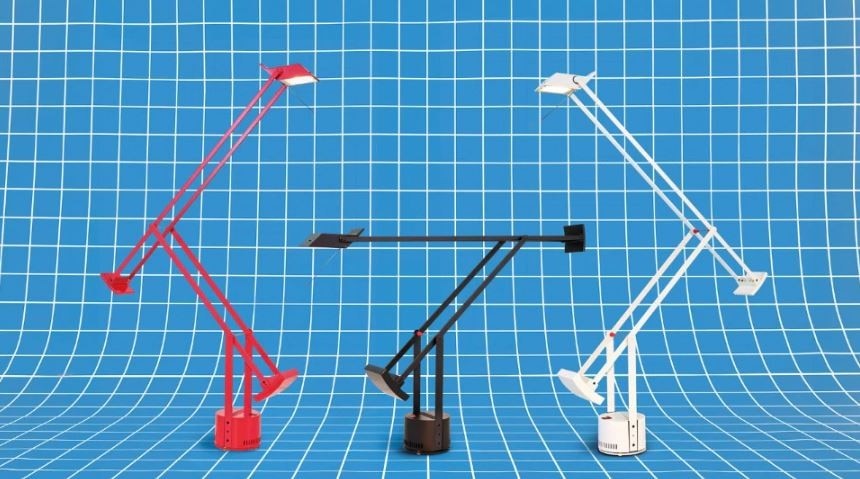
When Italian design was science fiction
What are Joe Colombo and Vico Magistretti doing in Space: 1999? In the Sixties and Seventies sci-fi sets, from the most expensive TV series to the cheapest of B-movies, were furnished with the icons of Italian design, which at the time looked as something coming straight from the future.
By Lorenzo Ottone
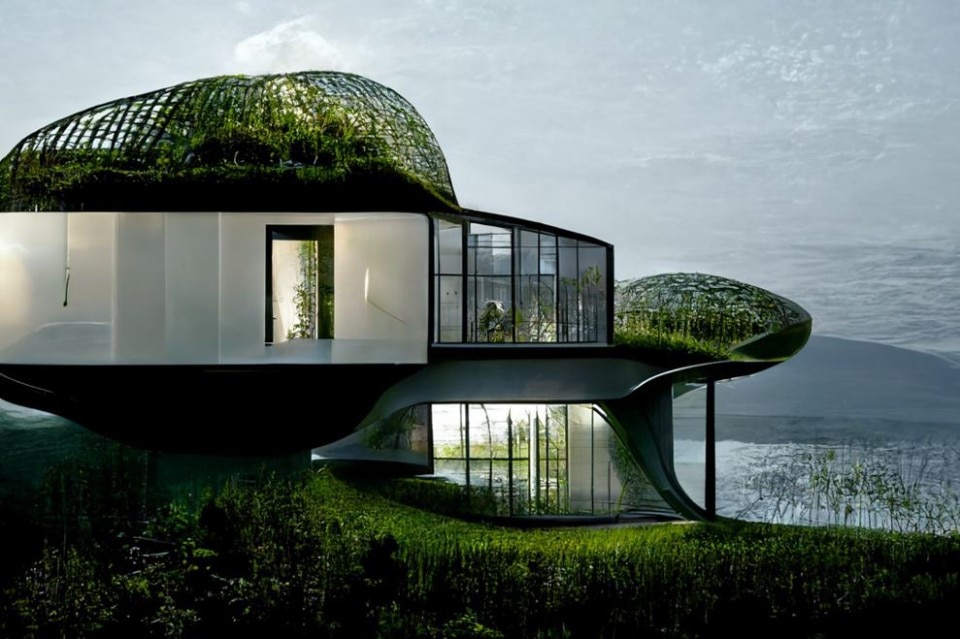
Is artificial intelligence the architect of the future?
A new generation of increasingly sophisticated AI – such as Midjourney – unveils new possibilities for design: we have tried to figure out whether and how they will replace humans and their work.
By Andrea Daniele Signorelli
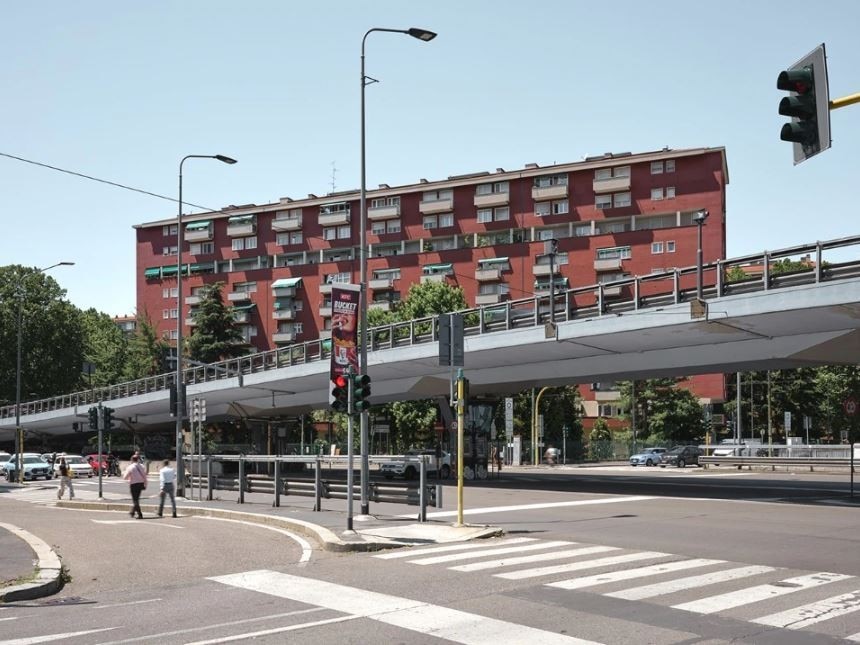
QT8, a tour in the ideal neighborhood of postwar Milan
The Quartiere Triennale Ottava is a rare example of urban planning that combines ordinary qualities and extraordinary features, functionality and avant-garde building solutions: an ideally self-sufficient district, presented in 1947.
By Alessandro Benetti

A history of Acrilica: Joe Colombo turned a technical marvel into an aesthetic thrill
Designed together with his brother Gianni, it takes its name from methacrylate. What we commonly call plexiglass was used for this lamp in a way never been seen before.
By Silvana Annicchiarico
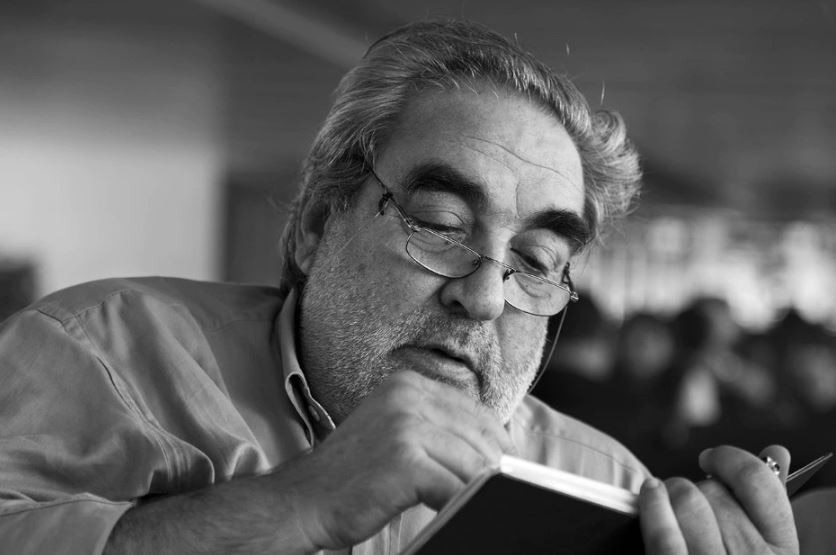
Souto de Moura: “I’m like a doctor, or an apple tree”
The Portuguese approach to architecture as told to Domus by one of its masters: an anti-archistar, a thinker rather than a communicator, a convinced pragmatist who quotes Calvino and Lukács.
By Alessandro Benetti
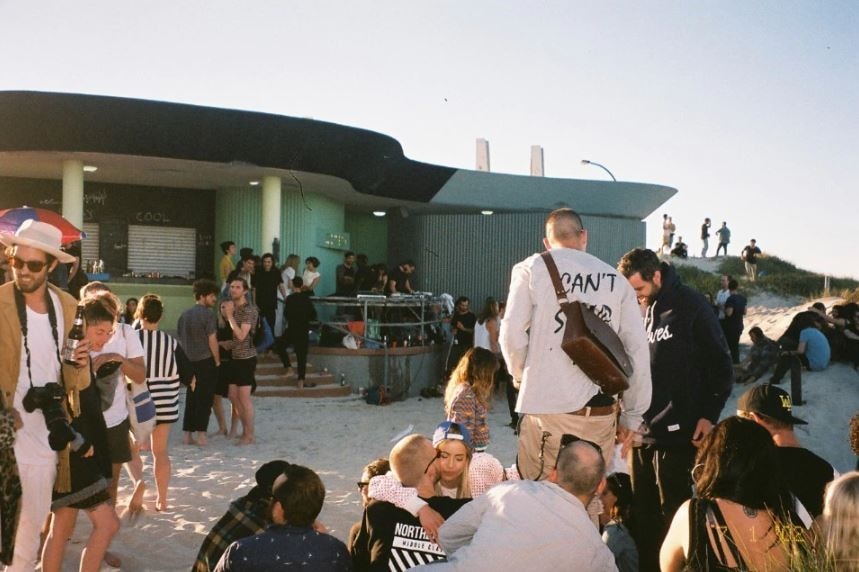
The relevance of an atlas of queer places and architectures, today
“Queerness can save us”, Adam Nathaniel Furman tells Domus. The designer is the author of Queer Spaces, an atlas of LGBTQIA+ places edited together with architectural historian Joshua Mardell: we've selected six projects presented in the seminal volume.
By Romina Totaro
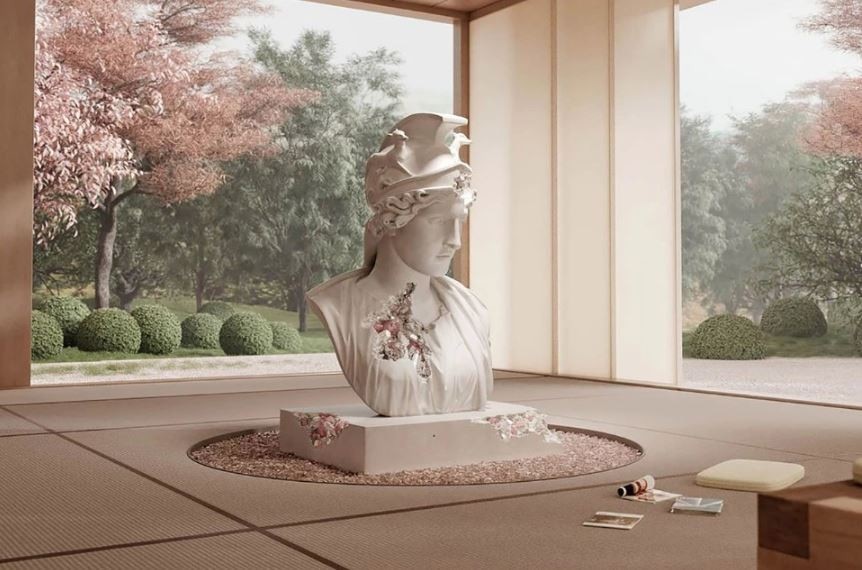
What will become of NFTs, explained by a digital art curator
A recent exhibition in Florence sparked off the debate again: are blockchain artworks really the future? We asked this question to curator Serena Tabacchi, who is also the director of the MoCDA, the Museum of Contemporary Digital Art.
By Silvia Dal Dosso
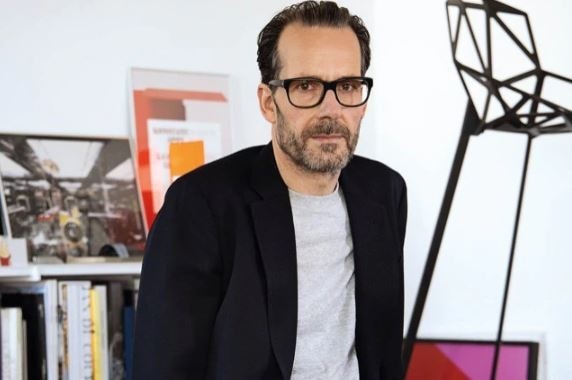
According to Konstantin Grcic future is an open design
The German designer tells Domus about the birth of his exhibition entitled “New Normals” – an ode to the normalization of diversity and interpretative gap obtained through the hacking of his own pieces.
By Giulia Zappa
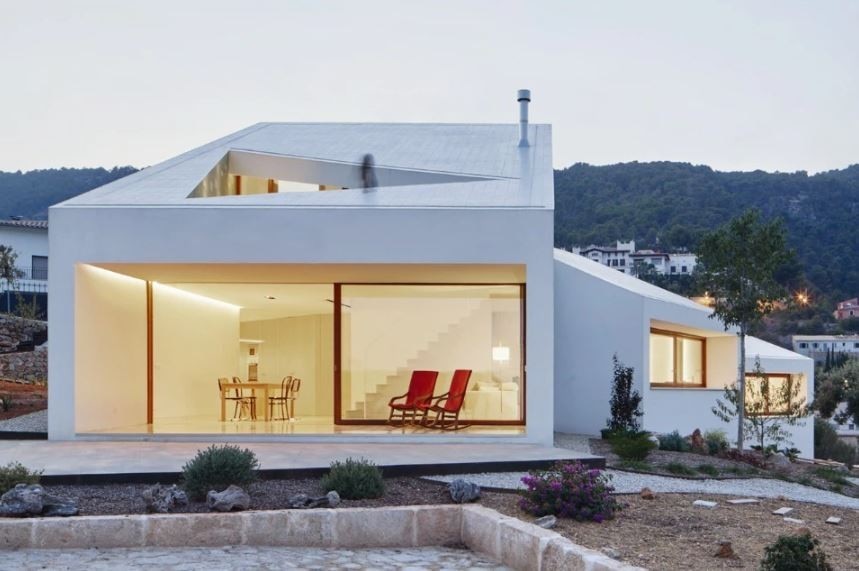
What passive architecture is and how it works
As carbon emissions continue to rise, energy-efficient building design is an increasingly important issue in the construction industry, but not a novelty in the history of architecture.
By Romina Totaro

Deyan Sudjic: “Are houses machines for living in?”
The former director of Domus analyzes the similarities between the mechanical world and the one of architecture, comparing the different realities on common objectives of innovation and new solutions: from investments to effective research.
By Deyan Sudjic

At Arnaldo Pomodoro’s studio, a “kasbah” in Milan
“I arrived in Milan in 1954. I had left Pesaro, together with my brother Giò, with a global dream”: the sculptor talks about his historic workspace, a former post house that Gregotti renovated for him in the 1980s.
By Matilde Scaramellini
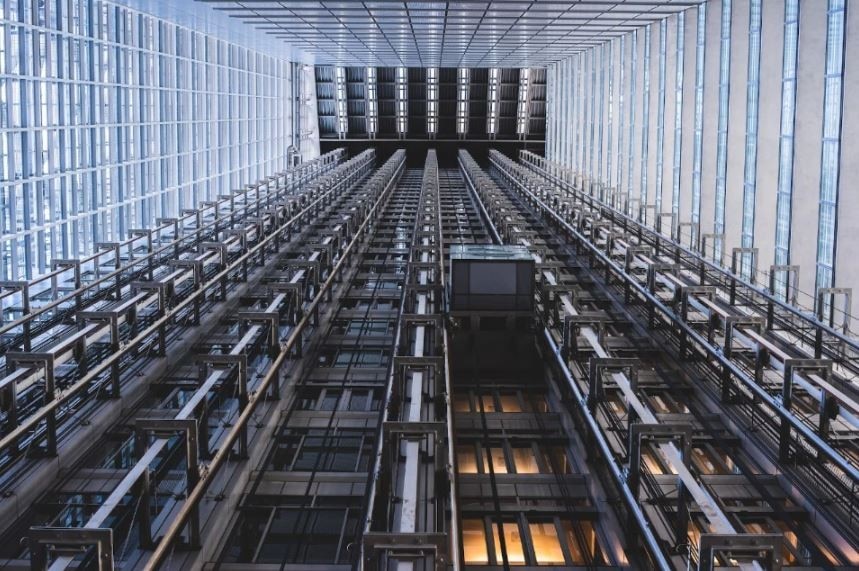
How elevators changed architecture
From war machines to social status symbols, the lift has radically changed what we expect from a building and the hierarchies that exist within it.
By Romina Totaro
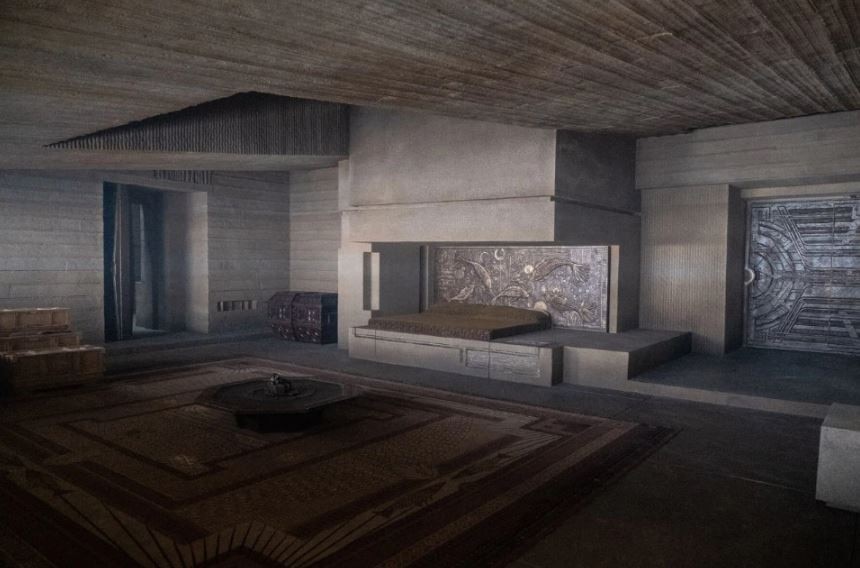
You can’t live in an empty house
In the design of houses, architects today often forget a fundamental element: things. Starting from the reflections of Sottsass and Coccia, we asked ourselves if the houses need the objects, or vice versa.
By Silvana Annicchiarico
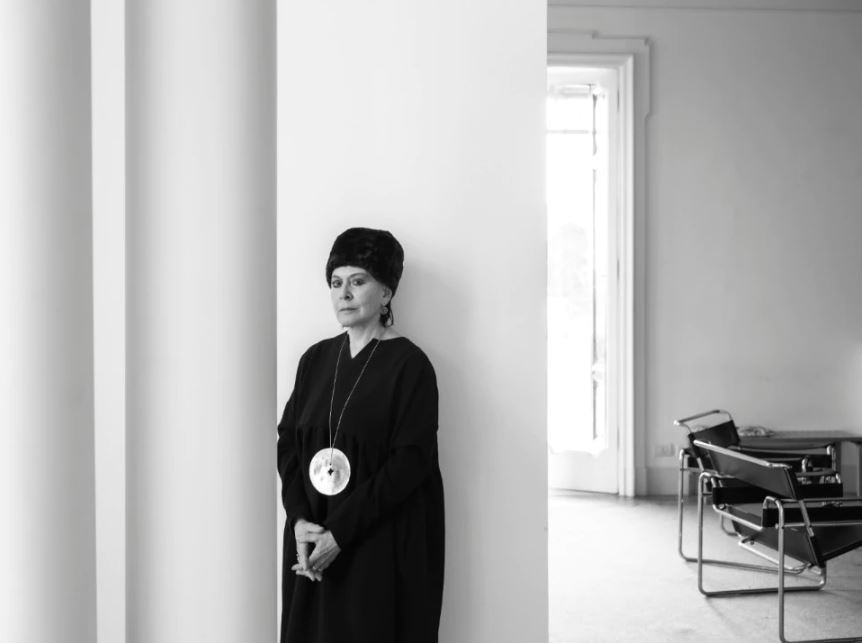
At Lia Rumma’s house: “I like to combine the historical and the contemporary”
The gallerist’s Neapolitan home is a house that dives into the sea, and is surrounded by an enormous terrace. Inside, new and old meet, and the works of artists dear to her are displayed.
By Maria Cristina Didero
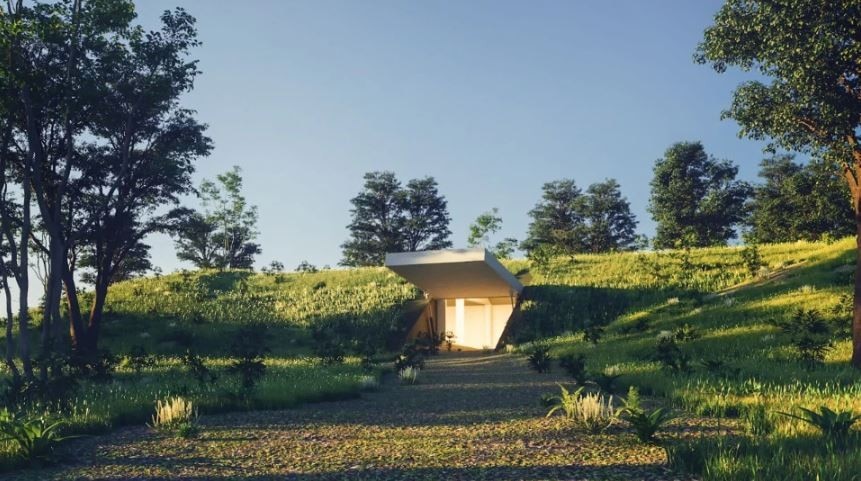
Demand for luxury bunkers is booming
The demand for bunker apartments for the super-rich skyrocketed during the COVID-19 pandemic. With the invasion of Ukraine, demand is increasing, a symptom of a global anxiety that should be addressed differently.
By Silvia Dal Dosso
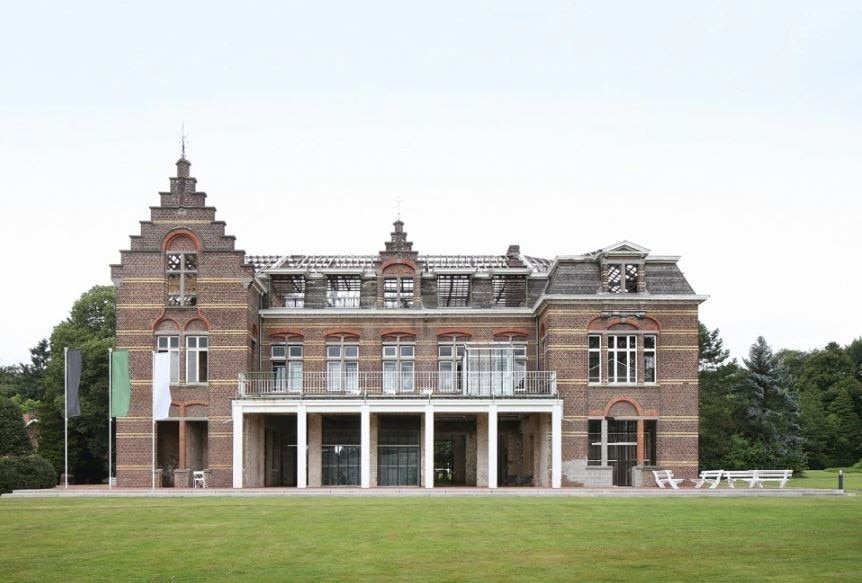
What if sickness is the norm, and architecture a disease?
Domus meets architectural historian and theorist Beatriz Colomina for an exchange on the complex relationship between architecture and sickness, the subject of the exhibition she curated at CIVA Bruxelles.
By Giovanni Comoglio

When haute couture masquerades
At the latest Balenciaga fashion show, the first 38 looks wore an inky full-face helmet. But the “masquerade runaway” counts other important references in the history of fashion.
By Romina Totaro
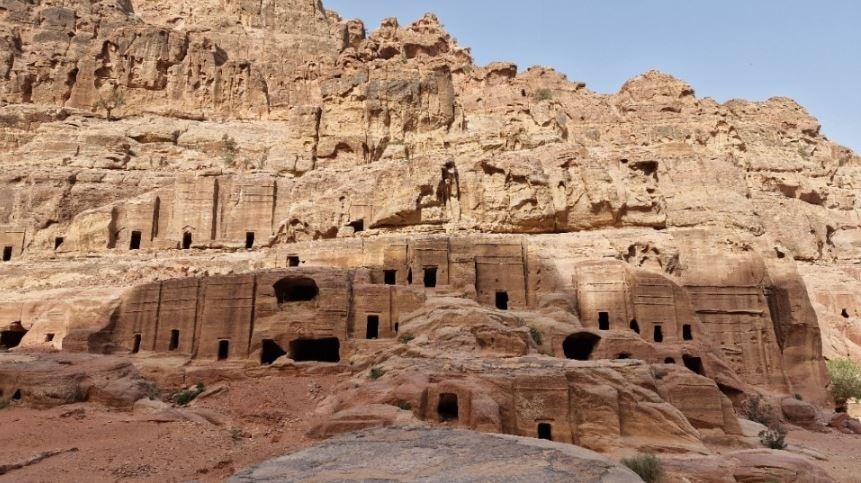
From Petra to Jean Nouvel: the legacy of Nabataean architecture
Two thousand years later, the fascination of the way of life of an ancient Bedouin people comes to the present day, amidst the contradictions of mass tourism and the ideal of a symbiosis between architecture and nature.
By Alessandro Scarano

When Italian design was science fiction
What are Joe Colombo and Vico Magistretti doing in Space: 1999? In the Sixties and Seventies sci-fi sets, from the most expensive TV series to the cheapest of B-movies, were furnished with the icons of Italian design, which at the time looked as something coming straight from the future.
By Lorenzo Ottone

Is artificial intelligence the architect of the future?
A new generation of increasingly sophisticated AI – such as Midjourney – unveils new possibilities for design: we have tried to figure out whether and how they will replace humans and their work.
By Andrea Daniele Signorelli

QT8, a tour in the ideal neighborhood of postwar Milan
The Quartiere Triennale Ottava is a rare example of urban planning that combines ordinary qualities and extraordinary features, functionality and avant-garde building solutions: an ideally self-sufficient district, presented in 1947.
By Alessandro Benetti

A history of Acrilica: Joe Colombo turned a technical marvel into an aesthetic thrill
Designed together with his brother Gianni, it takes its name from methacrylate. What we commonly call plexiglass was used for this lamp in a way never been seen before.
By Silvana Annicchiarico

Souto de Moura: “I’m like a doctor, or an apple tree”
The Portuguese approach to architecture as told to Domus by one of its masters: an anti-archistar, a thinker rather than a communicator, a convinced pragmatist who quotes Calvino and Lukács.
By Alessandro Benetti

The relevance of an atlas of queer places and architectures, today
“Queerness can save us”, Adam Nathaniel Furman tells Domus. The designer is the author of Queer Spaces, an atlas of LGBTQIA+ places edited together with architectural historian Joshua Mardell: we've selected six projects presented in the seminal volume.
By Romina Totaro

What will become of NFTs, explained by a digital art curator
A recent exhibition in Florence sparked off the debate again: are blockchain artworks really the future? We asked this question to curator Serena Tabacchi, who is also the director of the MoCDA, the Museum of Contemporary Digital Art.
By Silvia Dal Dosso

According to Konstantin Grcic future is an open design
The German designer tells Domus about the birth of his exhibition entitled “New Normals” – an ode to the normalization of diversity and interpretative gap obtained through the hacking of his own pieces.
By Giulia Zappa

What passive architecture is and how it works
As carbon emissions continue to rise, energy-efficient building design is an increasingly important issue in the construction industry, but not a novelty in the history of architecture.
By Romina Totaro

Deyan Sudjic: “Are houses machines for living in?”
The former director of Domus analyzes the similarities between the mechanical world and the one of architecture, comparing the different realities on common objectives of innovation and new solutions: from investments to effective research.
By Deyan Sudjic

At Arnaldo Pomodoro’s studio, a “kasbah” in Milan
“I arrived in Milan in 1954. I had left Pesaro, together with my brother Giò, with a global dream”: the sculptor talks about his historic workspace, a former post house that Gregotti renovated for him in the 1980s.
By Matilde Scaramellini

How elevators changed architecture
From war machines to social status symbols, the lift has radically changed what we expect from a building and the hierarchies that exist within it.
By Romina Totaro

You can’t live in an empty house
In the design of houses, architects today often forget a fundamental element: things. Starting from the reflections of Sottsass and Coccia, we asked ourselves if the houses need the objects, or vice versa.
By Silvana Annicchiarico

At Lia Rumma’s house: “I like to combine the historical and the contemporary”
The gallerist’s Neapolitan home is a house that dives into the sea, and is surrounded by an enormous terrace. Inside, new and old meet, and the works of artists dear to her are displayed.
By Maria Cristina Didero

Demand for luxury bunkers is booming
The demand for bunker apartments for the super-rich skyrocketed during the COVID-19 pandemic. With the invasion of Ukraine, demand is increasing, a symptom of a global anxiety that should be addressed differently.
By Silvia Dal Dosso

What if sickness is the norm, and architecture a disease?
Domus meets architectural historian and theorist Beatriz Colomina for an exchange on the complex relationship between architecture and sickness, the subject of the exhibition she curated at CIVA Bruxelles.
By Giovanni Comoglio

When haute couture masquerades
At the latest Balenciaga fashion show, the first 38 looks wore an inky full-face helmet. But the “masquerade runaway” counts other important references in the history of fashion.
By Romina Totaro

From Petra to Jean Nouvel: the legacy of Nabataean architecture
Two thousand years later, the fascination of the way of life of an ancient Bedouin people comes to the present day, amidst the contradictions of mass tourism and the ideal of a symbiosis between architecture and nature.
By Alessandro Scarano
-
Sections

